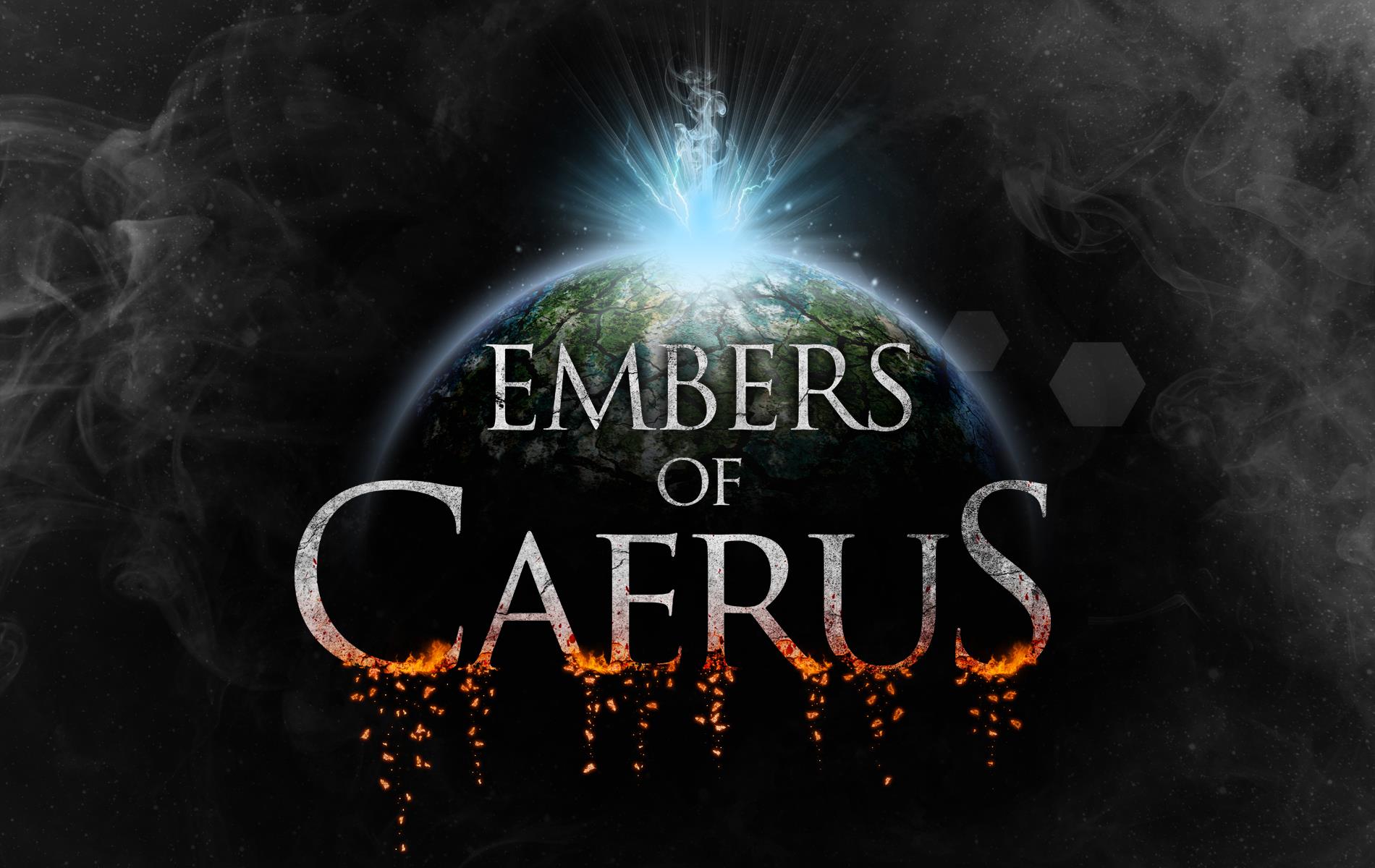Embers of Caerus was an ambitious project. A small, scrappy dev team coming together to build what they hoped would be the ultimate MMORPG. It may seem naive of them in hindsight, attempting such a massive undertaking, but the 2012 Kickstarter campaign showed only the best of intentions from developer Forsaken Studio, a name which only becomes more ironic as it’s story unfolds.
For starters, the campaign was designed to fund an investor prototype, rather than the full game. The idea was that the devs would give investors a look into the world behind Embers of Caerus with the money they received from backers and then use the investors money to actually fund the game. Some rewards did hinge on the actual release of the game, digital copies and waived subscription fees, with optimistic guesses that the game wouldn’t be available until the far off future of 2016.
Backers responded enthusiastically, raising $46,050 of the requested $25,000 goal in only 28 days. One month later Forsaken published an update explaining that the bulk of funding was being used to secure licensing to Havok’s Vision Engine, which would be the core engine for the game.
The next update in December 2012, promised more communication with the community and kicked off a monthly newsletter. On the surface everything seemed to be going well for Embers of Caerus. In August of 2013 there was one final update about rewards being shipped and then, nothing.
Ordinarily such an abrupt exit would signal the death of a campaign, but Forsaken Studios was still clinging to life on their social media pages. Semi-regular updates were still being posted and the community continued to rally behind the game, but some backers were rightly skeptical of all the delays.
The beginning of the end was a Youtube video, posted by Forsaken Studio CTO, Dave Belcher. In the video, Belcher explains that Forsaken was having trouble selling investors on the project. Embers of Caerus was considered too high a risk for investors, who were not sufficiently impressed by the current prototype the studio had produced.
Unable to secure additional funding, Forsaken could no longer afford their licensing agreement with Havok. Scrambling to secure additional funding, they hoped to release an exploration demo, using the Unity Engine, to show some of the game’s features and drive a second Kickstater campaign.
Eventually the issues behind the scenes caused Creative Director, Rob Steele, to release an update marking a shift in direction as Embers of Caerus went back to the drawing board, so to speak. This return to system design and lore creation cut the need for most of the development team who had been working on the game. Two days after the announcement, Dave Belcher resigned.
 Fans and backers alike began venting their frustration over Steele’s decision, despite Belcher offering his support. Still, many held on to the hope that the game would pull through, at least until the website and forums went down. The next several updates saw Steele apologizing for the issues while he attempted to to work with his web host. Ultimately, he was unsuccessful. As of the last update, he was still trying to get Embers of Caerus website back online, but this was back in April of 2014.
Fans and backers alike began venting their frustration over Steele’s decision, despite Belcher offering his support. Still, many held on to the hope that the game would pull through, at least until the website and forums went down. The next several updates saw Steele apologizing for the issues while he attempted to to work with his web host. Ultimately, he was unsuccessful. As of the last update, he was still trying to get Embers of Caerus website back online, but this was back in April of 2014.
Perhaps Embers of Caerus could resurface someday, but for now, all that remains is a slow and protracted end to a sandbox pipe dream.





This situation illustrates why backing campaigns that have the goal of creating a prototype are so dangerous. I don’t hold failing to accomplish their goals against them, but keeping backers in the dark, and struggling to get even a simple website off the ground is unacceptable.
With Kickstarter when ever i see the letters MMO i just move straight along regardless of how good the game and idea looks
Unless it is a project that gather over a million $. Otherwise it’s an automatic failure, MMO are just too ambitious to mount, at least using crowdfunding means.
Yep and to be honest most big publisher funded MMO games fall flat to
Hell, 46 thousand dollars isn’t that big a chunk of change in terms of game development.